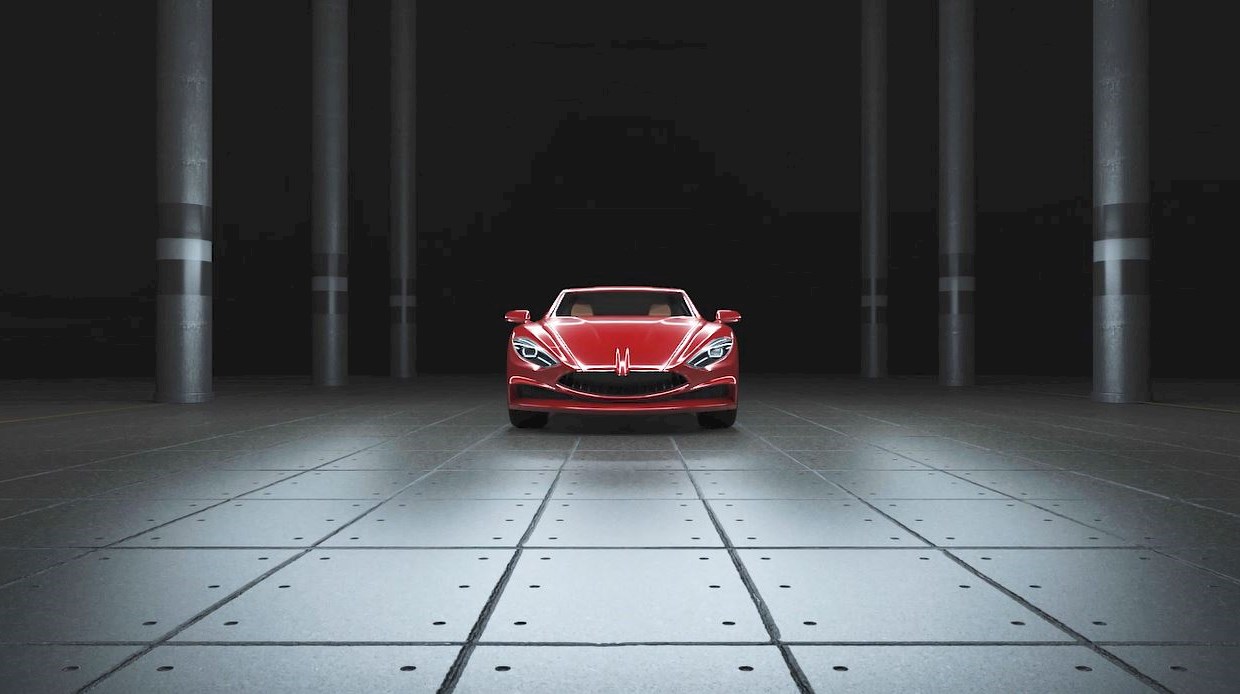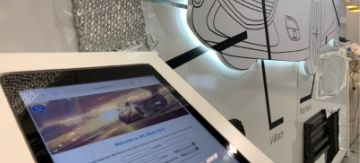- June 2019
The automotive world moves fast – if you'll excuse the pun – and being at the forefront of it can be the difference between tiny fractions of measurement.
A fraction of a second here, a gram there. And those numbers change wildly depending on the material make-up of the vehicle. If you've ever tried to win a F1 race in a steel chassis (us neither) you'll know – heavy metals are out and lightweight composites are in. It's no wonder, then, that so many industry leaders flock to events like JEC's Composite Expo, the last of which saw over 43,500 attendees flock to Paris to find out the latest and greatest developments. We were there, for the third year running, alongside decision-makers from the sports to aerospace industries.
Two become one
In layman's terms, composites are a mix of two or more substances, bonded together to create a material that does its job better than either individual material could. For the automotive, aerospace and sporting industries, that usually means faster, lighter and built to last. Think body panels that weigh a fraction of their steel counterparts, and – these days – revolutionary new structural uses in door panels and floor pans. Chosen for their high strength-to-weight ratio, composites are quickly becoming the norm in car manufacturing, with makers drawn to their costing, efficient production, flexibility and lifespan.
On the move
When it comes to composites, manufacturers want two things: a reduction in weight and a reduction in cost compared to competitive lightweight metallic solutions. For automotive in the EU, at least, this is partly driven by demand for better fuel efficiency and the need comply with changing legislation1 around emissions. In fact, when it comes to eco-credentials, composites are finding their feet, and becoming increasingly recyclable too.
Proven record
There are examples across the industry of businesses using composites to save time and money. Take the fixed-glass rollerblind sunroof model developed by a team in France2. With guide rails made from composites instead of aluminium, the developers were able to save on weight, cost and tooling while providing the same protection from the sun. And because their composite could be produced using moulds, they could skip the labour-intensive multi-step welding and machining processes usually required with aluminium. Then there's the prototype carbon fibre composite subframe developed for Ford to lower vehicle weight, reduce emissions and improve fuel efficiency. 45 steel parts were replaced with two moulded and four metallic ones, resulting in a whopping 87% reduction in the number of parts and a 35% reduction in mass.

Our innovation
In our own tests and case studies, we've also found astonishing results from our Synergex™ and Lattice™ products. Coats’ Synergex™ is a range of highly advanced and customisable composite fibres that can be processed into preforms using the Lattice™ process. . Already containing a thermoplastic resin ,the preforms can then be molded into complex shapes. Additionally, the Lattice™ preforms can be produced to net shape using only reinforced fibre for thermoset processes such as HP-RTM, RTM, infusion, and liquid composite molding. And the weight? A design study with load case simulations showed that an LDSMC outer and a Synergex inner can result in 57% lighter than steel and 31% lighter than aluminium. In fact, our optimised solutions can have in excess of 70% weight reduction compared to steel. This carbon fibre range has been designed for the wind, automotive, aerospace and sporting industries, and can be customised with different coatings and windings. As well as this, our Lattice™ Conductive product allows for the incorporation of isolated conductive pathways through the structural components, allowing for the potential integration of wire harness functionality, composite health monitoring, heating elements, capacitance sensors, and many other types of sensors.
Winning material
In a world where fuel efficiency and environmental responsibility go hand in hand, the automotive industry is having to find new ways to upgrade performance, and composites are proving with every application to be a near-perfect blend of strength, weight and durability. Corrosion-resistant, designed to withstand impact and developed using industry-leading science – if there's a challenge you're facing, we'll probably have a composite for the job. Find out why we were brought on board to help develop Elemental's Rp1 sports car3, and discover more about Synergex and Lattice by speaking to one of our experts.
1. Polymer Composites for Automotive Sustainability.
2. Thermoplastic Composites Scenic View.
3. Coats partners with Elemental.



